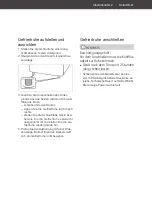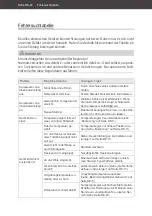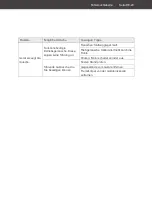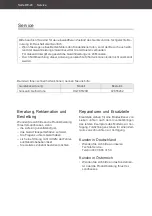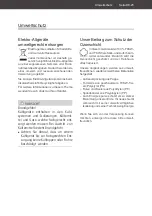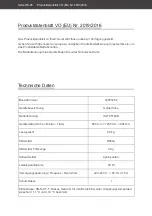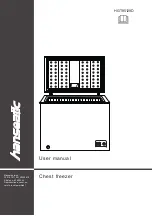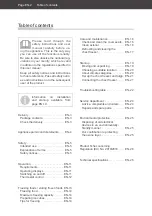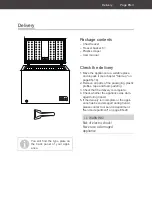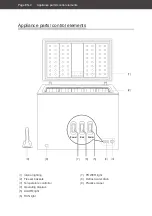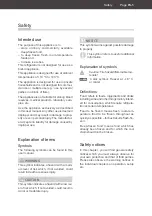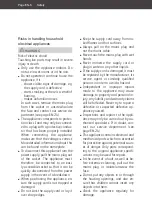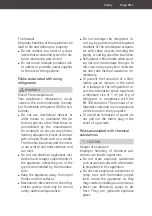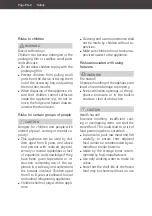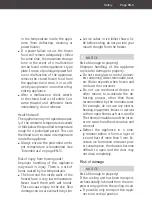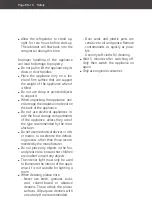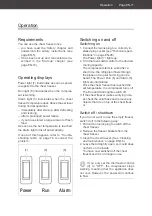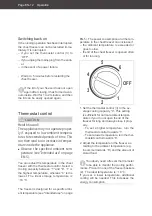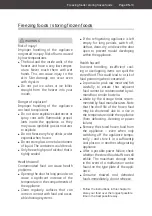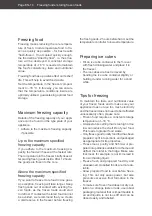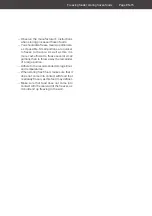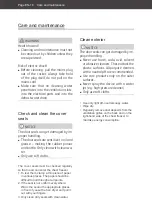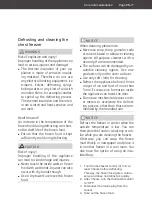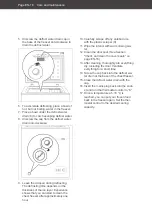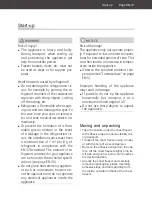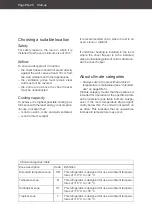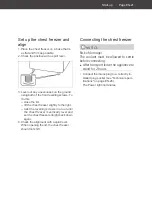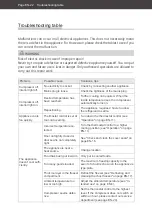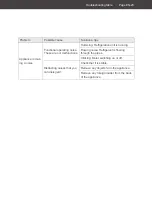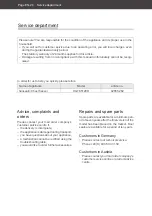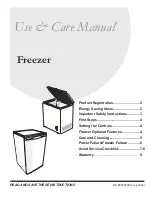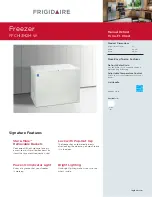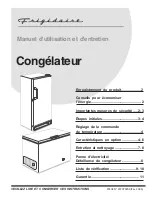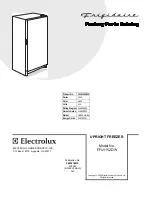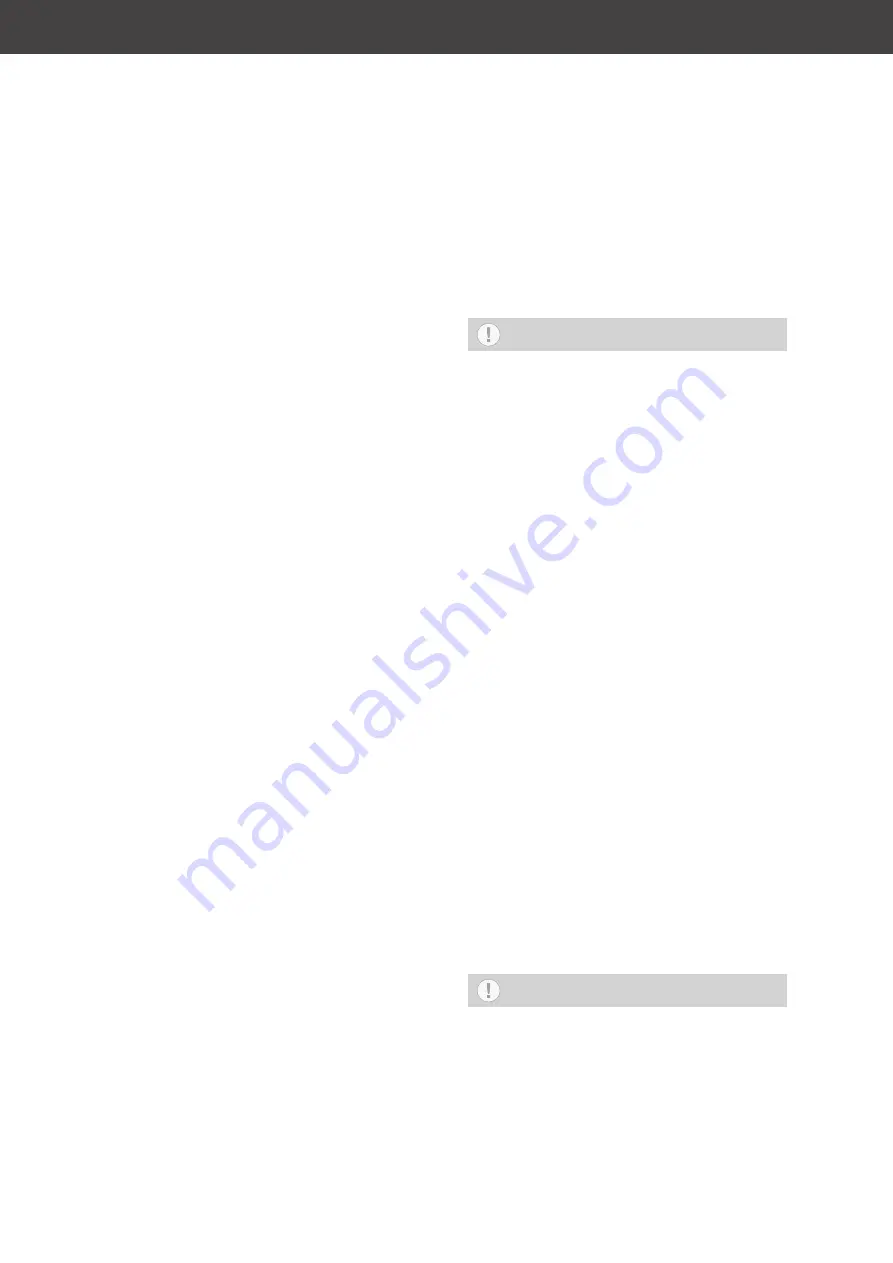
Safety
Page EN-9
in the temperature inside the appli-
ance (from defrosting, cleaning or
power failure).
■
If a power failure occurs, the frozen
food will remain adequately chilled
for some time; the maximum storage
time in the event of a malfunction
can be found on the appliance’s type
plate. In case of prolonged power fail-
ure or malfunction of the appliance,
remove the stored frozen food from
the appliance and store it in a suffi -
ciently cool place or in another refrig-
erating appliance.
■
After a malfunction, check wheth-
er the stored food is still edible. Con-
sume thawed and defrosted foods
immediately, do not refreeze.
Health hazard!
The appliance may not operate proper-
ly if the ambient temperature exceeds
or falls below the specifi ed temperature
range for a prolonged period. This can
then lead to an increase in temperature
inside the appliance.
■
Always ensure the prescribed ambi-
ent temperature is maintained (see
"Intended use" on page EN-5).
Risk of injury from frozen goods!
Improper handling of the appliance
may result in injury. There is a risk of
burns caused by low temperatures.
■
The food and the inside walls of the
freezer have a very low temperature.
Never touch them with wet hands.
This can cause injury to the skin. Skin
damage can occur even with dry skin.
■
Let ice cubes or ice lollies thaw a lit-
tle before eating, do not put into your
mouth straight from the freezer.
NOTICE
Risk of damage to property!
Improper handling of the appliance
can lead to damage to property.
■
Do not store glass or metal contain-
ers containing water, lemonade, beer,
etc. Water expands when frozen and
can burst the container.
■
Do not use mechanical devices or
other means to accelerate the de-
frosting process, other than those
recommended by the manufacturer.
For example, do not use any electric
heating equipment, knives or devices
with an open fl ame such as a candle.
The thermal insulation and the interi-
or are scratch and heat-sensitive and
can melt.
■
Defrost the appliance in a time-
ly manner before it forms a layer of
ice and frost of more than 5 mm. Ex-
cessive ice formation increases pow-
er consumption, the drawers become
diffi cult to open and the door may
not close completely.
Risk of damage
NOTICE
Risk of damage to property!
If the cooling unit has been transport-
ed horizontally, lubricant from the com-
pressor may get into the cooling circuit.
■
If possible, only transport the appli-
ance in a vertical position.

